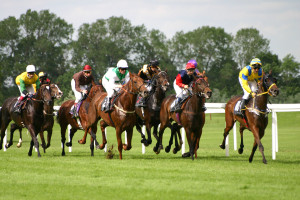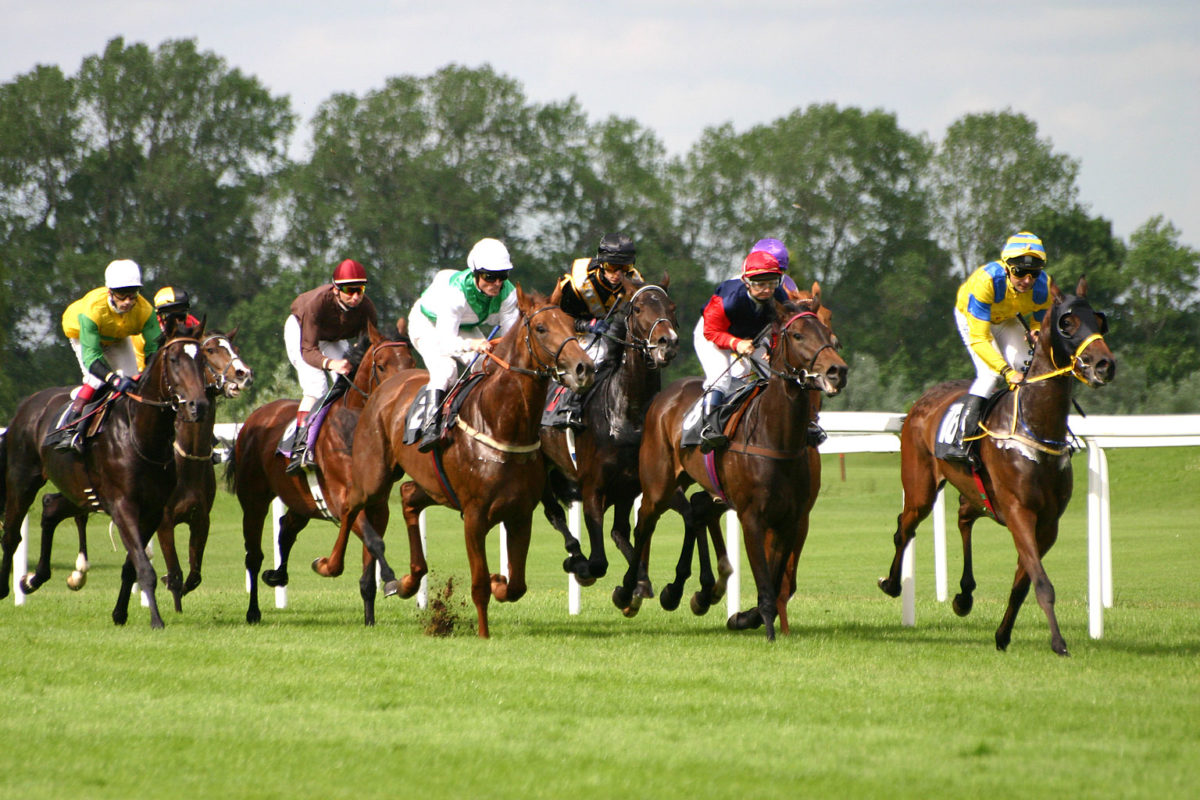Have you ever watched a sporting event on television and thought, “what sounds are real in sports?” What about the squeaking of basketball shoes on a wood court? How about the grunt of a boxer taking a blow to the ribs? The sound of a hockey puck hitting the boards? Is that really what the game sounds like? Are they real sounds just amplified to be heard over the crowd or are television sound engineers playing tricks on us by adding sampled sounds in? Would it matter if they were?

This is the subject of an episode of 99% Invisible called The Sound of Sports. 99% Invisible is an independent podcast about “design, architecture, and the 99% invisible activity that shapes our world.” It’s a great podcast and I enjoy a lot of their work. This episode is actually a rebroadcast of a show produced for the BBC by Peregrine Andrews. It delves deeply into that 99% to explore how sound designers shape our experience of sports on television.
The first two thirds of the podcast cover how sound engineers have revolutionized the sports experience over the past thirty years or so by cleverly miking and then mixing different sounds of sporting events into the television feed. I particularly loved hearing from one engineer about how his childhood desire to amplify an acoustic guitar came back to him when approaching the problem of how to convey the sounds of gymnastic in the olympics. Like with his childhood guitar, he took a contact mic and slapped it right onto the most resonant part of the event — the balance beam. As you might expect, the show is lushly illustrated with clips from sports broadcasts. My favorite is a thirty second clip of two coxswains from the biggest rowing race of the year in England, an annual race between Oxford and Cambridge known just as “the boat race.” Coxswains are people who sit in the back of the boat facing the eight rowers and SCREAM. Their job is to set a rhythm, inform the rowers of how they’re doing, to know tactically when to speed up and when to stay steady and to motivate through a mixture of enthusiasm and intimidation. It’s amazing to hear just the sound from the two coxswains in this race, a man and a woman, scream their hearts out.
Things really get moving in the last twenty minutes or so as the show explores the aspects of sports sounds that are fake or “enhanced” as the engineers like to say. For me, the most important message in the segment came from an engineer who was explaining how the familiar sound of a basketball swishing through a hoop is real but never heard in person. He says “Most of us involved in sports sports try to… enhance the experience. We tread the middle road between what’s real and what’s unreal.” What I love about this line of thought is that the more I learn, the less clear what’s right and what’s wrong. At first, it seems wrong to change how the game sounds so materially. Does it matter if the basketball swish is real or sampled if its amplified so far out of proportion to reality? Maybe a little. But then you hear about the challenge of mixing the sound for a rowing race in the olympics. The course is long and winding. The rowers move fast. Worst of all, in order to capture video of the event for television, the race is surrounded by four motor boats and a helicopter, each of which makes enough noise to drown the sounds of the race out. Together, they produce a cacophony of sound to depress even the most truth-devoted sound engineer. So, what do they do? They go out earlier in the day, when the river is quiet, and record the sounds of a few random people rowing. Then they mix the sound, layer it with some cheering, and off they go.
By far my favorite story of fake sounds in sports is that the familiar sound of hooves hitting the ground in a gallop during a horse race is actually a slowed down clip of a herd of buffalo stampeding. The sound engineer who spilled that trick of the trade chuckled and said he thought everyone had probably been using the same clip for the last thirty years! I just love that. It reminds me of an episode of the Simpsons my friends and I loved to quote in high school. Some guys are filming a movie (yes, within a cartoon television show) and they need to film a cow. They use a horse. Someone asks, “Uh, sir, why don’t you just use real cows?” The reply is “Cows don’t look like cows on film. You gotta use horses.” Another question comes, “What do you do if you want something that looks like a horse?” And the payoff is “Uh, usually we just tape a bunch of cats together.”
Usually, when cats get taped together (metaphorically, of course) in sports sound engineering, it seems to be to heighten the reality of the sporting event for far away viewers. Towards the end of the podcast, another possible reason surfaces and it’s what I was left thinking most about after the show. One of the key interviewees in the show is a sound engineer who works for EA Sports on sports video games. Doing sounds for video games, he’s totally free to use whatever fake sounds he wants, and he takes full advantage of that. For example, in a boxing video game, he layers in the sound of celery snapping to evoke ribs breaking when a video game boxer takes a body blow. He points out that televised sports are actually competitive with his games. This is true. As a sports fan and a sports video game fan, there have been times when I’ve switched off a boring game to instead play a sports video game. Part of this competition is a sound effects arms race. The fake sounds in video games sound more “real” than the real sounds of miked sporting events. To keep their viewers, television stations must match the reality of its fake competition!
99% Invisible is a good show to subscribe to and this episode in particular was a great hour of listening. Check it out today!

